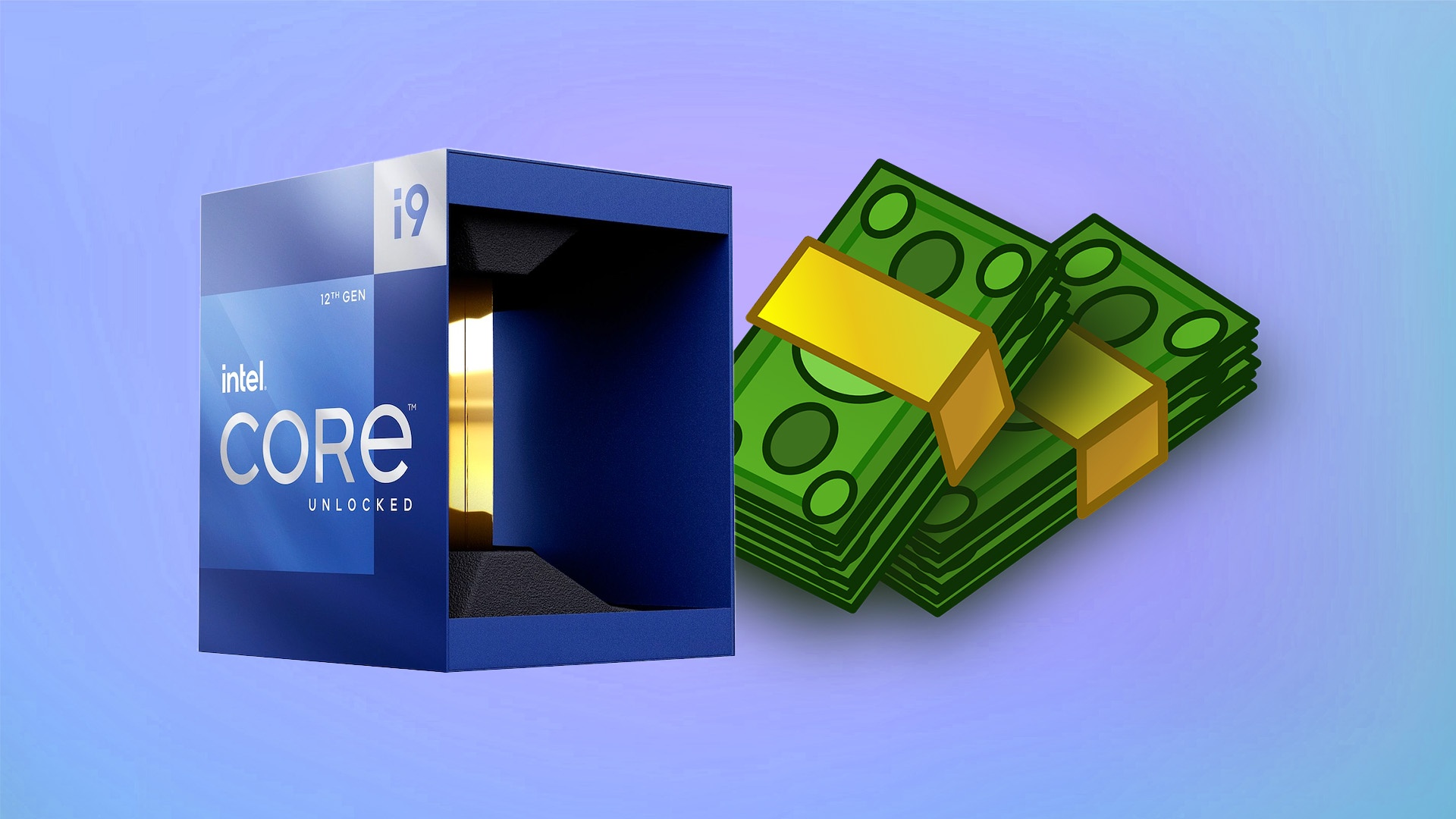Also processors can cost a lot of money. What can the 1400 euro model do?
It’s no secret that you can spend a lot of money on graphics cards these days. Processors, on the other hand, are usually cheaper. But you can also lay down a lot of money for high-end CPUs, such as the overclocker and Youtuber Roman Hartung alias der8auer
He opted for his latest video bought an Intel Core i9 12900K for a whopping 1,400 dollars and subjected it to some benchmarks. The price sounds completely exorbitant when you consider that the CPU costs around 600 dollars in regular stores. So what makes this model special?
A question of chip quality
To answer this question we have to go back a bit. CPU manufacturers produce their chips from so-called circular silicon wafers. However, the quality of individual chips from the same wafer can vary quite a bit. This is where chip binning comes into play. In the process, the chips are sorted according to their quality and the manufacturer decides in which products they will be used.
Intel chips ending in “K” are unlocked. That means you can overclock them by changing the clock speeds of the processor. This is where the quality of the chip comes into play again. Because the K processors only guarantee you that they will perform at least at the standard clock rate.
How high you can then overclock a processor varies from processor to processor. If you want to know how well your processor is compared to other models regardless of overclocking, take a look here:
more on the subject
How good is my processor? Over 40 CPUs in performance comparison
Hartung bought a processor with a so-called Silicon Prediction
or an SP value of high 97. This is an indication that is intended to predict the quality of the chip and that can be read out via the BIOS on some mainboards. You can potentially operate high-quality chips with higher clock rates.
This is only interesting if you also want to overclock your processor – and if you have the right hardware in the form of a high-quality mainboard and a strong cooling solution. Otherwise, the SP value has no significant meaning for you.
This is how the expensive processor performs in practice
In the benchmarks with the 12900K with an SP value of 97, the processor not only shows strengths. According to Hartung, it is probably in the top five percent in terms of performance, but there was also something to complain about: Apparently, the E-Cores (i.e. the cores that are designed for the most efficient operation possible instead of the highest possible performance) are not that good performed as expected.
At a clock rate of 4.1 GHz, that was the end of it. At 4.2 Ghz the processor crashed after a while and at 4.3 Ghz the processor immediately stopped working. The P cores, on the other hand (i.e. the cores with a focus on high performance) deliver a decent performance: They ran for more than eight hours with a clock rate of even with an unrealistic maximum load using the Prime95 tool
For whom is a CPU with a high SP value worthwhile?
The performance plus compared to the standard turbo clock of 4.9 GHz is very limited in view of the manageable increase of 200 MHz in the tested CPU. If you are not on the hunt for overclocking records, you can safely save yourself the purchase of such an expensive CPU with a high SP value.
The SP value alone is not a guarantee for very good overclocking results, although it is a possible clue. An alternative can be to buy really pre-tested processors that have already been checked for their maximum clock speeds. But even that ultimately only appeals to a very small target group and in practice makes at most a measurable, but no noticeable difference.
A four-digit sum for a CPU is by no means the end of the road. You can also play with a server processor with 64 cores for around 9,000 dollars.
Fortunately, gaming is already possible with normal CPUs in the almost three-digit range, as our purchase advice on processors shows:
Have you ever overclocked your processor? Is it even worth it or is the graphics card always the bottleneck anyway? And what is the maximum you would pay for a good processor? Let us know in the comments.










